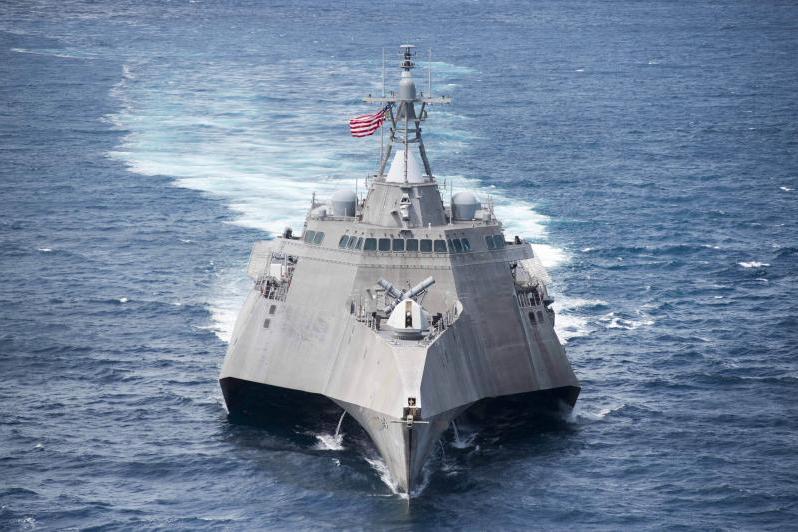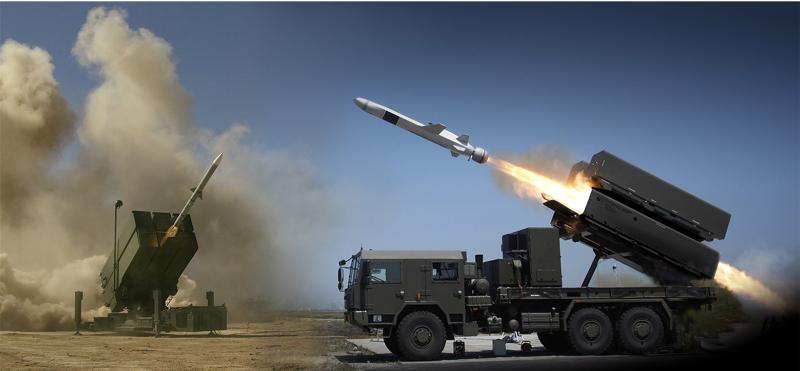Work starts on Australia’s first long-range Triton Uninhabited Aerial System
At a ceremony in Mississippi attended virtually by APDR at 11am Wednesday (28 October) along with other people from Australia and various parts of the US, the fuselage of the first RAAF MQ-4C has started to be built. Scheduled to be delivered in 2023, final assembly and integration work will be carried out by prime contractor Northrop Grumman at its top secret facility in Palmdale, California. A recurrent theme of the speakers – who included Australia’s ambassador in Washington, Arthur Sinodinos and RADM Frank Morley, head of USN International Programs – was the importance of interoperability using common equipment and the strength of the strategic relationship between the two countries.
When it comes into service – and working in conjunction with P8-A maritime patrol aircraft – the fleet of six Tritons will make a major contribution to Australia’s broad area surveillance capabilities. A Triton could take off from RAAF base Tindal, fly to an area of interest such as the Spratly Islands in the South China Sea and remain on station in that general area at a height of 60,000 feet for 10 hours before returning home. Using a 360 degree radar, advanced electro-optics and ESM system the surveillance footprint of each aircraft is many thousands of square kilometres every hour.
All of the data collected – which could be everything on the sea surface, including small wooden boats – will be transmitted via satellite link in real time back to RAAF base Edinburgh. There it will be disseminated to other parts of the ADF and Government, combined were possible with information from assets such as JORN, P8-As and the future Peregrine electronic support aircraft. With six Tritons in service – and a possible seventh eventually acquired – the RAAF will have the capacity to provide constant surveillance of any regional hotspot for months at a time. Even if they descent to a more operationally realistic height of 40,000 feet they will remain out of range of all but the most advanced anti-aircraft systems.
Speakers reminded the audience that this is a joint program rather than a purchase of a US item of equipment. This means that not only are eight Australian Defence personnel working as part of the US team, but that our requirements have also been taken into account. These have influenced the choice of radar and also some performance characteristics, such as giving Tritons the ability to descend to a low level to have a very close look at a suspicious object.











